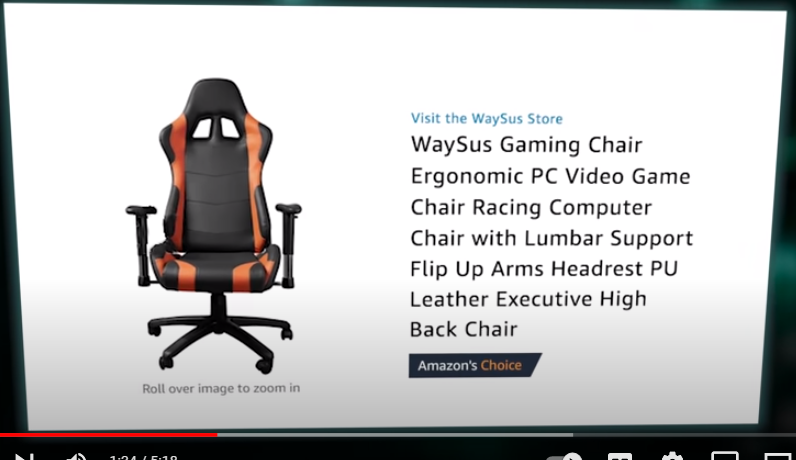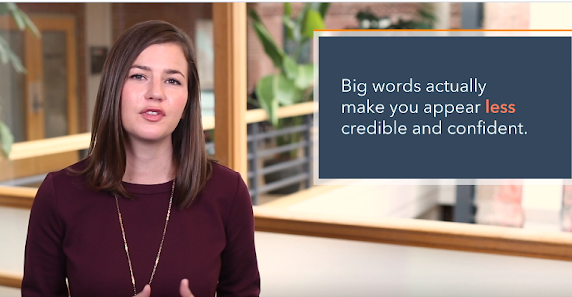1. Offer value
What you present has to always center around your customer concerns rather than your own latest offering or uniqueness, so no shameless self-promotion and no clickbait.
2. Offer relevance
While you can and should jump on seasonal and news trends, the core of your content should always be relevant to your target audience beyond the current news. That will help your SEO.
3. Compose concise titles
Write headlines that are on target, to the point, and short enough to be read on a phone (no more than 65 characters).
4. Offer curb appeal
Even if you’re using words as your primary medium rather than video or photos, remember to pay attention to visual appeal with an attractive layout and images that not only catch the eye but fit the story you tell.
One caveat on this: be sure that your graphics load quickly. If they take several seconds to load, people will just leave the page without waiting for them to populate, and your SEO will suffer, too.
5. Engage with your audience
Use your social media channels as another avenue of content marketing, not just to link to your blogs and videos but to engage directly with your audience there with discussions and shares that are not just broadcasts of what your brand is doing.
6. Use analytics
Check your stats every month or so to see what’s performing well and what isn’t to inform and optimize future content
7. Be reliably consistent
Plan to put out content continuously and consistently to build your authority and keep your audience coming back rather than treating your video or blog as a one-and-done.
Quality, consistency, relevance, and engagement go a long way in connecting with people. Over time that translates into improved brand recognition and goodwill that also increases customer loyalty.
Related:


















